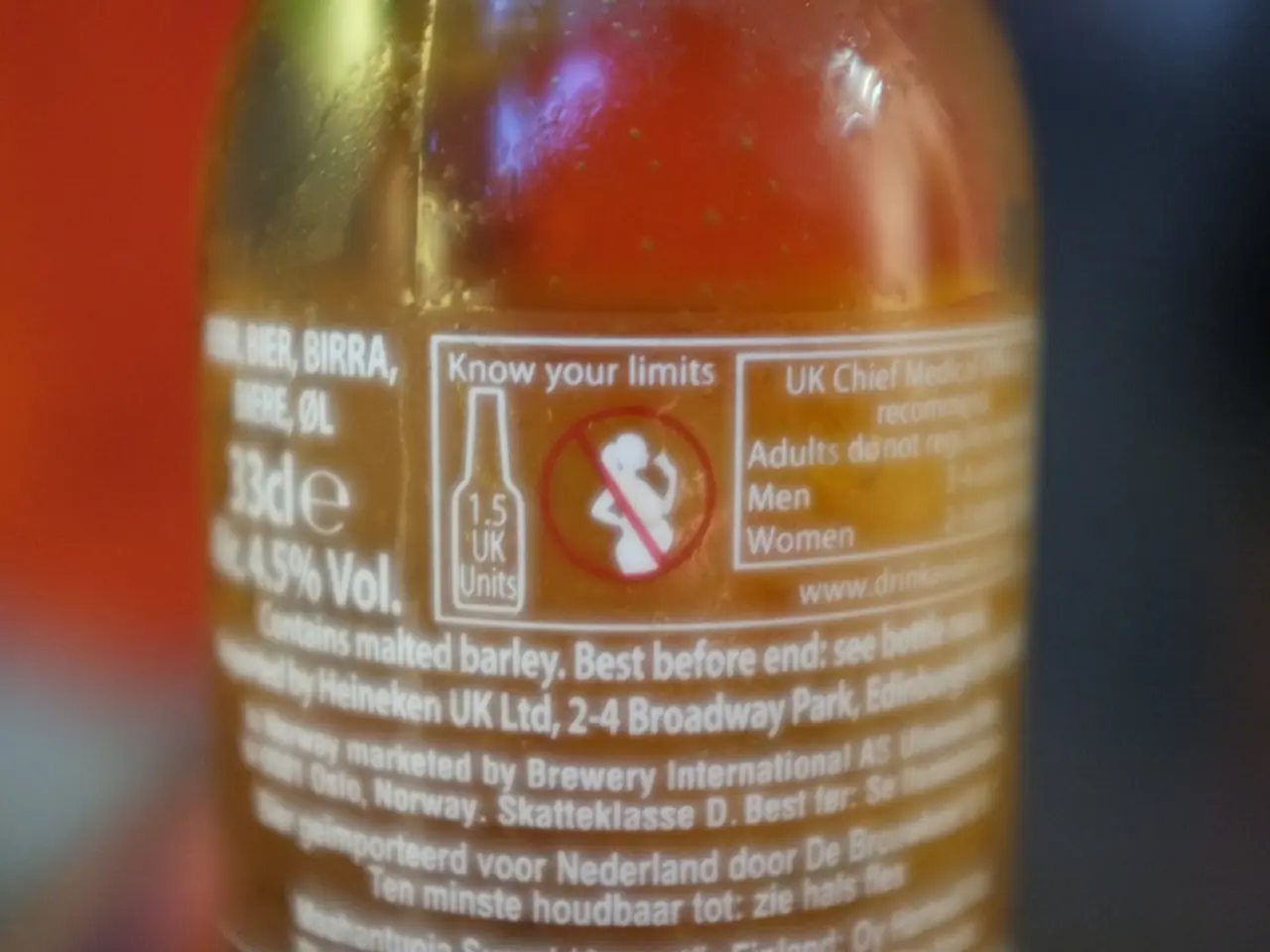Impactof a Lawsuit over Injuries on Your Employment Approach
In the rapidly evolving world of business, companies are finding themselves in a new reality where injury lawsuits are reshaping hiring strategies and employer branding. Legal ripples are forcing HR and recruitment teams to rethink messaging, potentially requiring changes to hiring language, interview scripts, and onboarding materials.
Legal firms, such as SutliffStout, which specialize in injury law, often uncover patterns of organizational risk that HR professionals need to address. These insights can lead to a tightening of background checks, not just on new hires, but on vendors, contractors, and even temp agencies.
Companies facing injury litigation may either hit pause on hiring or accelerate it to replace injured staff, scale safety oversight, or rebuild a shaken team. Once a legal claim hits, the hiring landscape shifts, and candidates start to compete on safety reputation rather than salary or perks.
Company culture often comes under scrutiny during injury lawsuits, with questions about whether employees were rushed, corners cut, or there was pressure to "push through pain." Legal claims can show up in various public spaces like court databases, industry watchdog newsletters, employee advocacy blogs, and candidate whisper networks.
If a claim goes public, candidates may think twice about joining the company, opt out completely, or come in with tougher demands such as higher salaries, better insurance, or remote work options to reduce physical risk. Lawsuits related to employee injuries can lead to changes in job descriptions and a full-blown PR reset for companies.
Injury lawsuits, often grounded in vicarious liability where employers are held responsible for employee-related injuries occurring within the scope of employment, push companies to enhance their hiring frameworks to reduce accident frequency and severity and prevent wrongful termination or discrimination claims.
For instance, in New York's construction sector, where plaintiff-friendly risks are high, leading to substantial payouts, firms are emphasizing accident prevention and legal preparedness. Cases alleging violation of employment laws like the Fair Credit Reporting Act or failures in accommodation require employers to meticulously review their hiring documentation and practices to avoid class-action lawsuits.
To mitigate these effects on employer branding and recruitment, companies can implement comprehensive workplace safety programs and injury prevention protocols, conduct vocational evaluations for injured employees, regularly train hiring managers and HR personnel on changing employment and labor laws, work with legal counsel to audit and update job applications and hiring procedures, and communicate transparently with employees and the public about commitment to safety and fair employment practices.
By adopting these steps proactively, companies can reduce exposure to injury-related lawsuits, protect their reputation in competitive talent markets, and create a safer, legally compliant workplace environment. A company's employer brand is significantly affected by legal action, with potential hires asking questions about the company's safety, care for workers, and commitment to employee well-being. Injury lawsuits can expose systemic gaps such as inconsistent safety training, outdated processes, and unclear reporting channels. By addressing these issues, companies can not only protect themselves legally but also attract and retain top talent.
- Recognizing the increasing importance of health and wellness in the workplace, companies are increasingly integrating fitness and exercise programs into their hiring strategies, aiming to reduce work-related injuries and improve employee well-being.
- As part of their holistic approach to workplace-wellness, some forward-thinking companies are partnering with science-based wellness providers to develop data-driven strategies that promote employee health, prevent injuries, and create a positive employee brand image.




